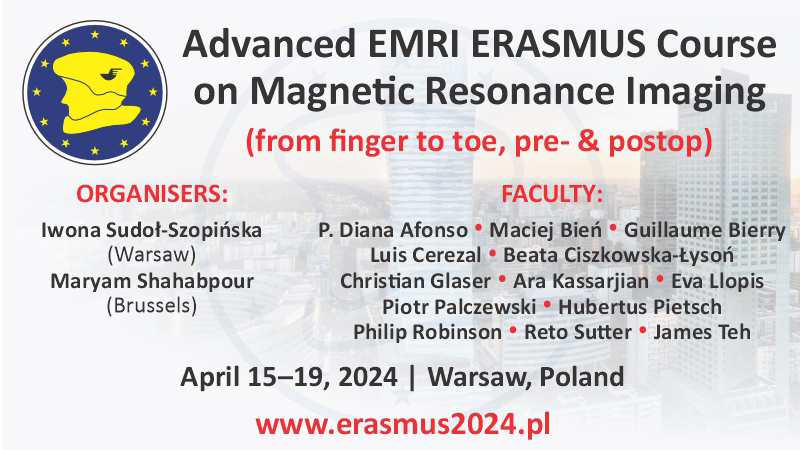High-resolution ultrasound of spigelian and groin hernias: a closer look at fascial architecture and aponeurotic passageways
Riccardo Picasso1,2, Federico Pistoia1,2, Federico Zaottini1,2, Sonia Airaldi3, Maribel Miguel Perez4, Michelle Pansecchi1,2, Luca Tovt1,2, Sara Sanguinetti1,2, Ingrid Möller5, Alessandra Bruns6, Carlo Martinoli1,2
 Affiliation and address for correspondence
Affiliation and address for correspondenceFrom the clinical point of view, a proper diagnosis of spigelian, inguinal and femoral hernias may be relevant for orienting the patient’s management, as these conditions carry a different risk of complications and require specific approaches and treatments. Imaging may play a significant role in the diagnostic work-up of patients with suspected abdominal hernias, as the identification and categorization of these conditions is often unfeasible on clinical ground. Ultrasound imaging is particularly suited for this purpose, owing to its dynamic capabilities, high accuracy, low cost and wide availability. The main limitation of this technique consists of its intrinsic operator dependency, which tends to be higher in difficultto- scan areas such as the groin because of its intrinsic anatomic complexity. An in-depth knowledge of the anatomy of the lower abdominal wall is, therefore, an essential prerequisite to perform a targeted ultrasound examination and discriminate among different types of regional hernias. The aim of this review is to provide a detailed analysis of the fascial architecture and aponeurotic passageways of the abdominal wall through which spigelian, inguinal and femoral hernias extrude, by means of schematic drawings, ultrasound images and video clips. A reasoned landmark-based ultrasound scanning technique is described to allow a prompt and reliable identification of these pathologic conditions.






